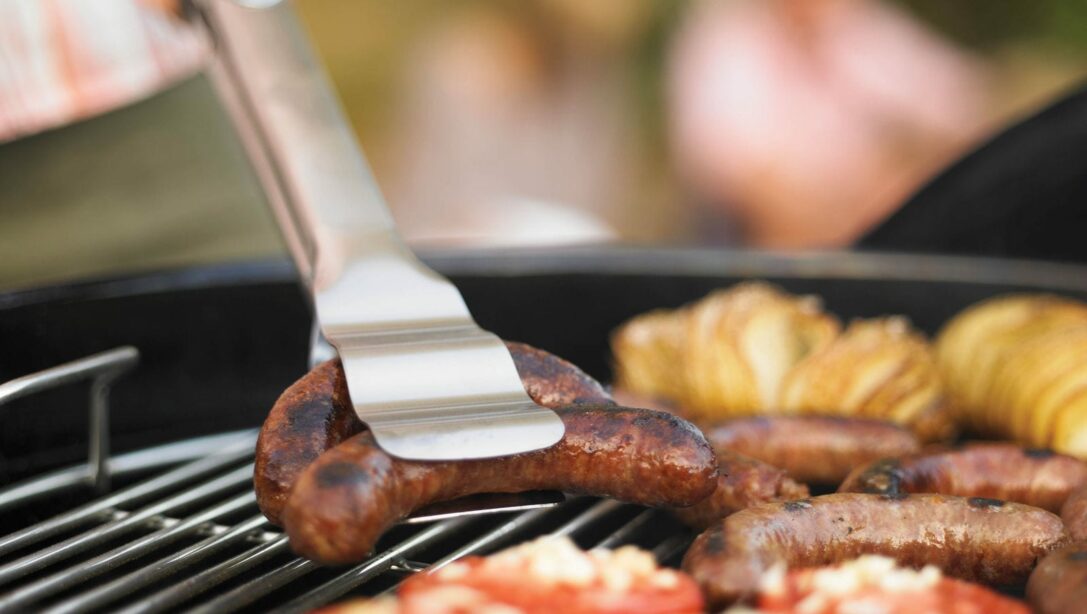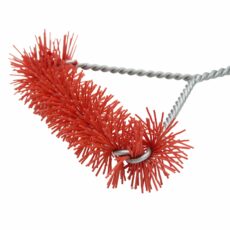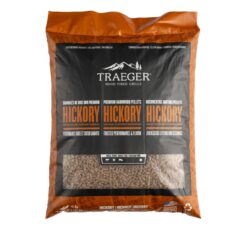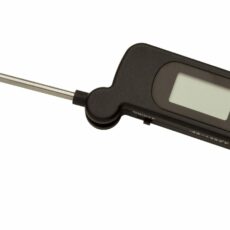At the first hint of a dry spell after winter, it officially becomes ‘British barbecue season.’ You may have your tried and tested techniques, but with these invaluable tips from the barbecue experts, your grilling can be simpler, tastier and safer than ever before.
Table of Contents
1. No Fuss Cleaning
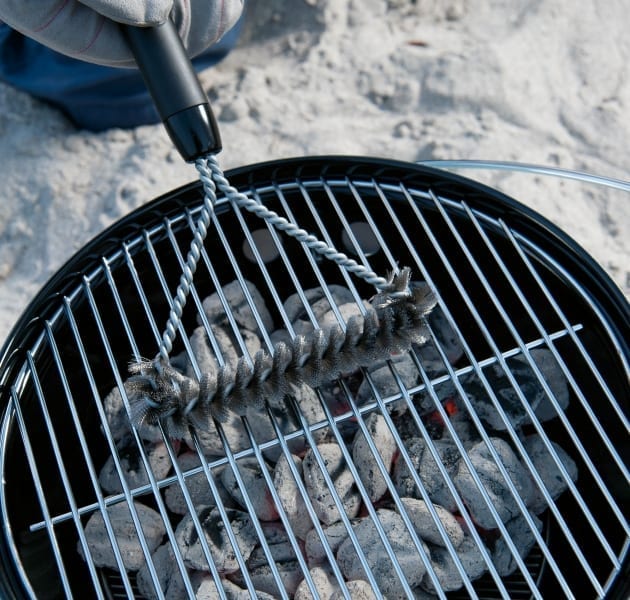
There is no need to clean the barbecue immediately after each use. Instead, when you next cook, pre-heat your barbecue for 10 minutes. This allows left-over food residue to carbonise, killing any bacteria. Once done, simply brush the cooking grate with a t-brush and you’re ready to cook.
2. From Cold to Grilling In 20 Minutes
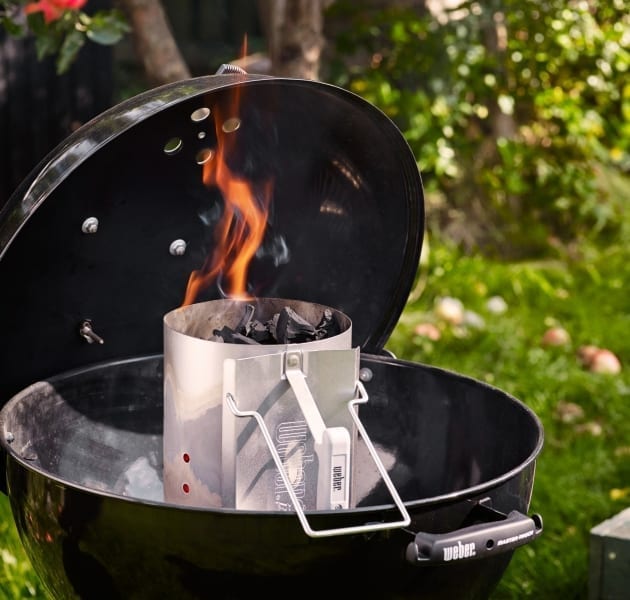
For fast lighting of your charcoal barbecue, a chimney starter is a great piece of kit.
Step 1: Place 2-3 lighter cubes on the charcoal grate in your barbecue and light them
Step 2: Place the chimney starter, filled with the desired level of briquettes, on top of the cubes while they are burning. Remember to wear gloves for added protection
Step 3: Leave for 20 minutes. Once the flames are visible at the top of the briquettes, pour them out onto the charcoal grate – or into charcoal baskets if you are using them.
For fast lighting of gas barbecues, there is a simple process:
- Step 1: Connect the gas supply to your barbecue.
- Step 2: Open the lid of your barbecue
- Step 3: Turn on the gas valve (turn anticlockwise)
- Step 4: Turn the burner control knob on the barbecue and then click the ignition to light the barbecue. Allow a few moments for the gas to travel through the gas line before turning on more burners if you have them
- Step 5: Close the lid of the barbecue and let it preheat. This makes all the difference as it allows it to work like an oven
3. Perfectly Pair Your Wood Chip Flavours
For those who like a little extra flavour in their food, smoking wood chips are the barbecue equivalent of seasoning. Although the choice of wood chip is a matter of personal preference, like the pairing of food and wine there are some flavours that are recommended to go together.
Smoking wood chips typically range from mild to strong in intensity of flavour, e.g.
- Mild – Apple
- Medium – Pecan
- Strong – Hickory
Some suggested ideal pairings are:
- Beef – Medium – strong flavours
- Lamb – Mild – strong flavours
- Pork – Mild – strong flavours
- Chicken – Mild – strong flavours
- Vegetables – Mild – medium flavours
4. Keep A Lid On It
The traditional image of a barbecue is of standing around an open grill, turning burgers and sausages. But, it is actually much easier to control the heat when cooking on gas or charcoal if you keep the lid down while cooking. This avoids flare-ups of heat that can result in meat that is undercooked on the inside and burnt on the outside.
5. Stop the Rust
To maintain cast iron grates, some special care and attention goes a long way. Before the very first use, wash with a mild washing up liquid and dry. Then, season with solid vegetable oil to prevent rust and sticking. Re-season them with oil frequently, particularly when new. If any rust occurs, clean with a steel brush. Remember to burn-off cooking residues the next time you grill and not immediately after cooking.
6. Choose the Right Cooking Placement
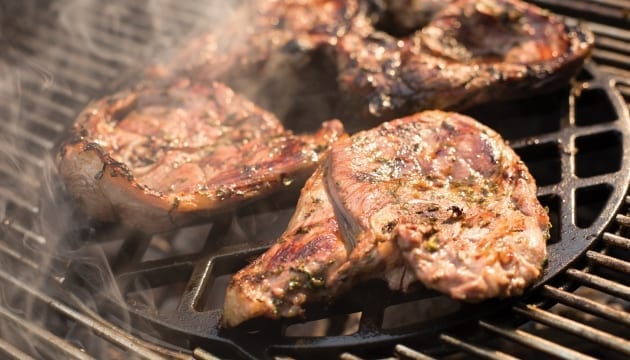
Food can be cooked either direct or indirect. Direct cooking is simply grilling foods directly over the heat source. In-direct cooking is where the heat source is placed to the side of the food, not directly under it. As a general rule, foods that take less than 25 minutes to cook, like boneless chicken breasts, pork chops, and steak are barbecued by the direct method. Foods that require longer cooking times at lower temperatures, like whole chicken and roasts, should be barbecued by the in-direct method.
7. Remember: 75, Stay Alive
To kill any harmful bacteria, most meat cooked on the barbecue needs to reach a core temperature of 75°C. Some red meats, namely beef and lamb, are often preferred rare or medium-rare, in which case a lower core temperature will be reached. For rare steak, around 55°C and medium-rare around 60°C. The best way to tell with certainty is to use a meat thermometer. Easy-to-read digital thermometers are now readily available, as are ones that can be synched to an app on your smartphone, allowing you to potentially monitor meat temperature without having to continually stand over your BBQ.
8. Be Adventurous
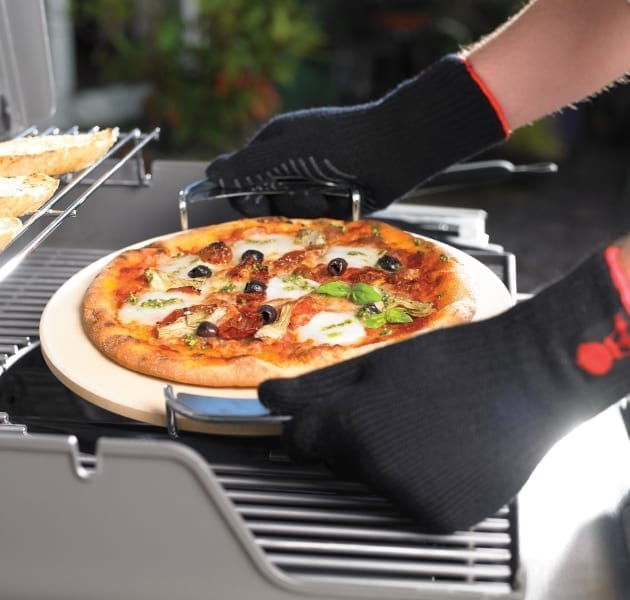
There is nothing wrong with the classic burger or sausage. But, when treated like an outdoor oven, the barbecue becomes so much more. From stone-baked pizzas to the Sunday roast, much more is possible than you may have imagined.
View our collection of barbecue accessories

